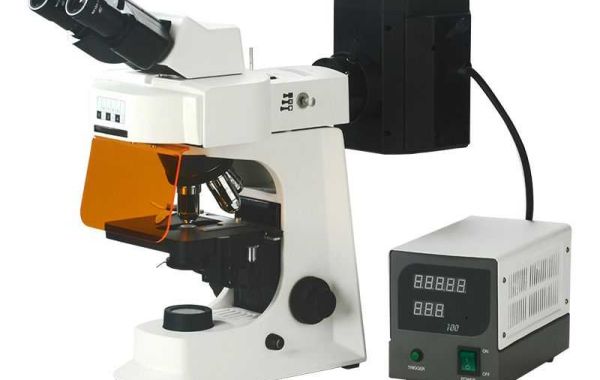In both research and beneficial contexts, fluorescence microscopy is a flexible and effective technique with a wide range of uses. Fluorescence microscopy is used in a variety of settings, some of which are as follows:
- Cell biology: Fluorescence microscopy is used to study the composition and function of cells. For example, it can be used to determine how proteins, DNA, and RNA are distributed throughout cells. It can also be used to study the kinetics of biological processes like cell division and protein synthesis.
- Molecular biology:In order to study how molecules interact with one another, fluorescence microscopy is used. For example, it can be used to observe how proteins bind to DNA or RNA. It can also be used to study the interactions between proteins and medicines.
- Biochemistry:Fluorescence microscopy is used by scientists to examine the chemical characteristics of molecules. For example, it can be applied to figure out a molecule's level or study how it interacts with other molecules.
- Pathology:Fluorescence microscopy is used to diagnose illnesses. For example, it can be used to recognize bacteria or viruses or to track the progression of cancer cells.
- Bioengineering: Fluorescence microscopy is being used to create new bioengineering technologies. For example, it can be used to create novel fluorescent probes that can be used to examine cells or tissues.
- Forensics: Fluorescence microscopy is used to locate and analyze trace evidence. It can be used, for example, to detect drugs or explosives or to see latent fingerprints.
- Environmental science: Fluorescence microscopy is used in environmental studies. For example, it can be used to study the distribution of chemicals in water or the effects of climate change on plant and animal life.
These are only a handful of the numerous uses for fluorescence microscopy. New and intriguing uses are always being discovered as technology advances. Technology advancements constantly lead to the discovery of new and fascinating uses.








